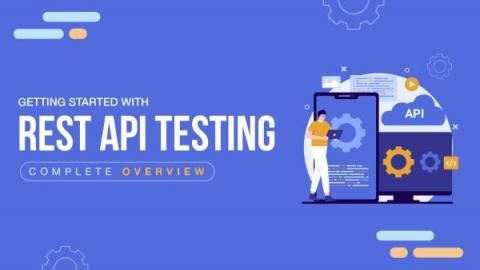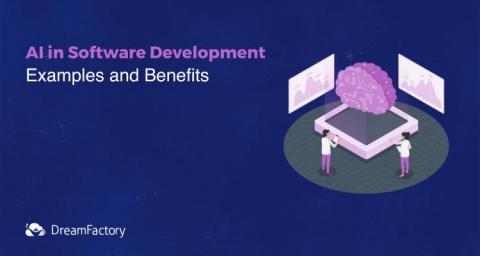Systems | Development | Analytics | API | Testing
API
Benefits of a Public Cloud vs Private Cloud & Dedicated Devices
Most software projects leverage synthetic tests to verify functionality early on, but physical devices are the ultimate form of quality assurance. While a few smartphones may suffice early on, a growing user base means quality assurance teams must ensure support for a broad range of devices, operating systems, and browsers with public or private device clouds. Device clouds make it easier to manage devices and run automated tests from anywhere.
Moderna's Nathaniel Reynolds on Service Mesh, Open Source, and AI for Developers
In this post, Nathaniel Reynolds, Associate Director of Informatics Architecture & DevOps at Moderna Therapeutics, talks about service mesh, removing limitations with open source, and how AI helps developers do more. No one can predict the future, but here’s a safe bet: in the next five to ten years, we aren’t going to have fewer applications. We’re going to have more. And that means connectivity requirements are going to get bigger and bigger over time.
Building gRPC APIs with Rust
Viktor Gamov also contributed to this post. In recent decades it’s become common for communication between backend services to employ HTTP APIs with JSON payloads. Many HTTP APIs adhere (or at least aspire) to REST Principles, though many fall into a category we’ll call "REST-like".
Kong Konnect Supports Consumer Groups, Plugin Ordering, and More
Since our last Kong Konnect monthly update, we’ve been hard at work to deliver some more powerful features in Kong Konnect, including consumer groups, dynamic client registration using Curity and Auth0, plugin ordering, and streamlined Docker runtime instance creation. Read on to learn what’s new in Kong Konnect.
Kong Mesh & Kuma 2.1 released with full suite of next-gen policies
We’re excited to announce the release of Kong Mesh and Kuma 2.1! In this release, we’re shipping the full suite of new and improved policies announced (and started) in 2.0. Additionally, we’re launching some more great UX improvements in the UI and a host of smaller fixes. In order to take advantage of the latest and greatest in service mesh, we strongly suggest upgrading to Kong Mesh 2.1. Upgrading is simple through kumactl or Helm.
Collaborating with Git for API Test Creation
APIs have become the center of software development, connecting and transferring data across systems and applications. Luckily, testing them can greatly improve the efficiency of your test strategy as a whole, helping you deliver software faster than ever. API testing is an essential part of the software development process, and it’s important to have a team that can work together to create accurate and efficient tests.
Testing Kubernetes Ingress with Production Traffic
Getting Started With Rest API Testing | Complete Overview
Interestingly, there are many methods used to learn how to test REST API sequences. This REST API testing tutorial will give you the steps needed to test this popular application programming interface. Let’s dive into some of the top solutions you can use for your project. Table Of Contents.











